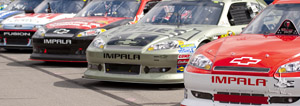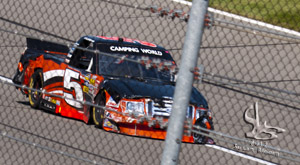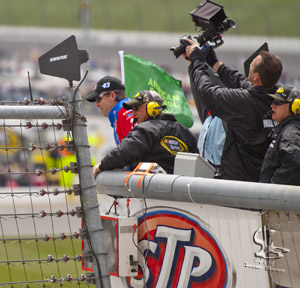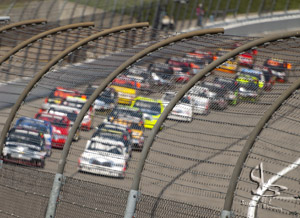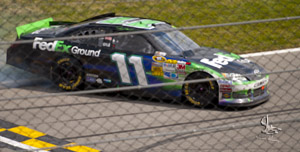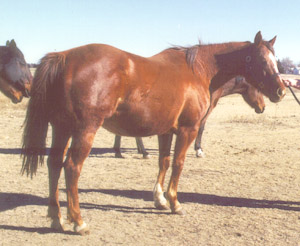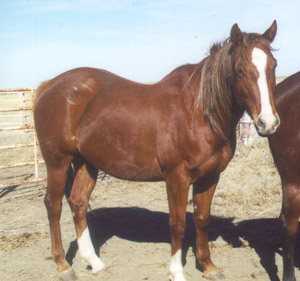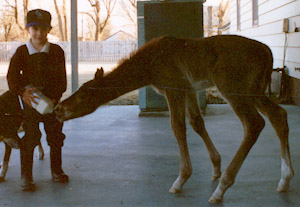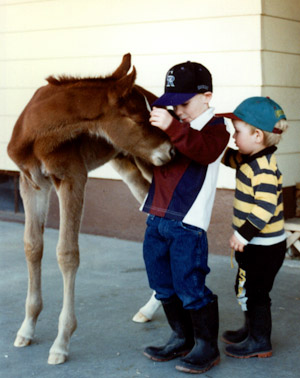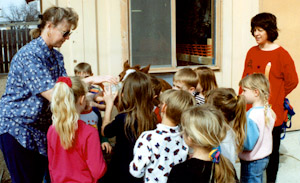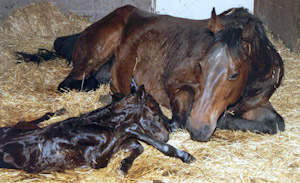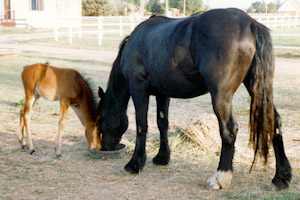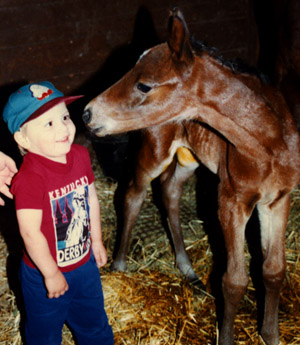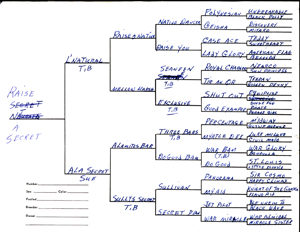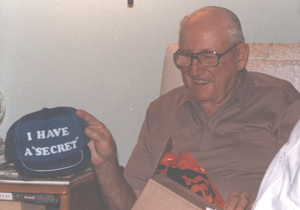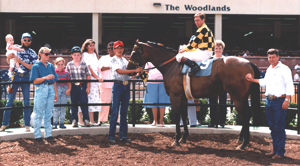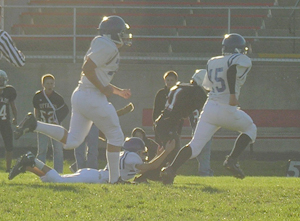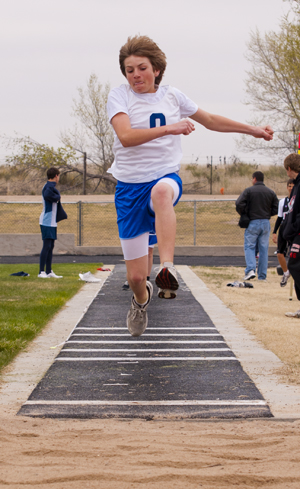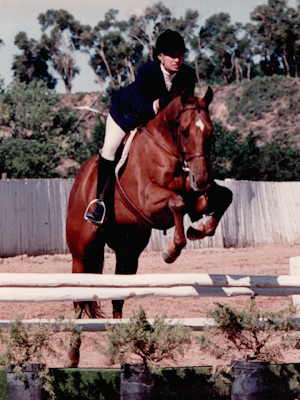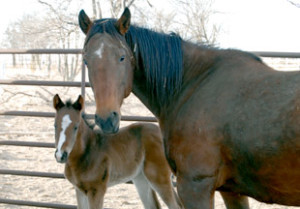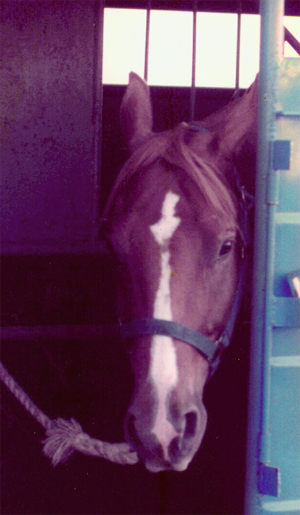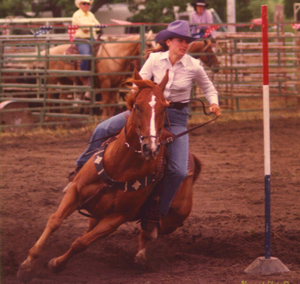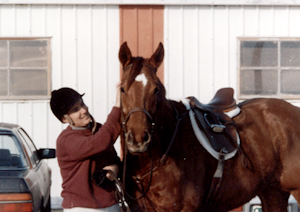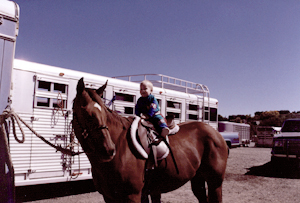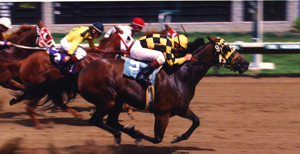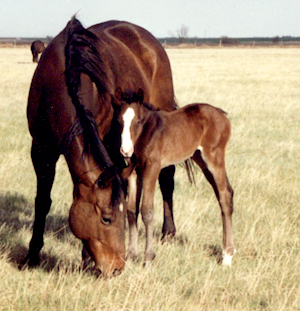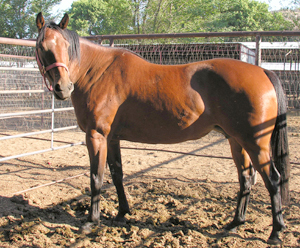The crowds of people headed for the track. The smells of race day. The excited anticipation. We were at the races; unfortunately it was cars going around the track instead of horses.
Last spring we had some friends who weren’t going to use all of their seats at the Nascar races in Kansas City so they invited us to go along. This was not something neither my husband nor I had ever been interested in doing but we’re always open to new experiences, right. So we drove across the state for a weekend full of racing.
This is the same trek we had made more than once when I had horses on the track since the Kansas Speedway is just down the road from The Woodlands. But I had no idea of what we were going to experience. I remember when Diane Ciarloni wrote in Speedhorse about the opening of Texas Speedway and the throngs of people going to the races. Why doesn’t horse racing draw those types of crowds?
What’s the Big Deal?
I asked our friends what they liked about Nascar. Roger said he enjoyed the adrenaline rush and Missy said she loved the social aspect. Both reasons that I understand after all I’ve been going to the horse races and riding barrel/pole horses and hunter/jumpers since I was a small girl to get my adrenaline rush and who doesn’t love to spend time and talk with like-minded people.
Their seats were in row 14 just before the finish line so we had a great vantage point. As a photographer I was very disappointed to see that there was a fence between me and the cars but I suppose when something is moving that fast should it lose any parts it would be dangerous if the fence weren’t there.
Sights, Sounds and Smells of the Track
The call to the post, the post parade, the smell of horse sweat and manure and the excitement of the announcer calling the race are all things that I love. Here they announced each driver and they were driven by in a pickup and the fans went wild.
At the start of the race they all lined up and went several laps around the track before the race actually started I guess they had to all be in the right post positions before they could start. And they were off. The rubber burned and the air was laden with the smell of fuel.
Ok, so then the rush of adrenaline burst through me. But after a few laps it was just a bunch of cars going around the track. Then there was a problem with one of the cars and everyone slowed down and got in line until the track was cleared and the race was on again. This happened a few times but there were no major accidents on this day, which Roger was apologetic about.
Throughout the day there was a man a few rows down that would wave a t-shirt that he was holding every time the cars would go by, I never did figure out for which driver he was cheering. And on this particular day it was obvious which car would win several laps before the end of the race. No come from behind victory. Very anti-climactic.
Quarter Horse Racing Offers Many of the Same Rushes
I would think the fans would love Quarter Horse Racing as well. After all it’s pure adrenaline for 17 – 21 seconds, you can get the rush 10 – 12 times during the day and you have the added rush of gambling on the outcome of each race. As an added bonus you can visit with your friends about your betting choices between races.
How Might Quarter Horse Racing Increase Our Fan Base?
One thing that I noticed was all the corporate sponsorships. Each car and driver was covered with logos and the colors of their sponsors. They also had huge trailers outside the grandstands where you could buy merchandise with your favorite driver’s name, number and some of the corporate logos printed on them.
Nascar also does a tremendous job of making the drivers celebrities. What would happen if we made our horses, jockeys, trainers and owners into celebrities? Look what happened with Zenyatta. People who had no connections with horse racing fell in love with her. Mike Smith and Chantel Sutherland have more visibility with the general public than most jockeys even if you don’t agree with how they won that awareness.
Roger and Missy had a headset that they could tune into a driver’s frequency and listen to the chatter between the driver and the pit crew. I can see how this would make the whole experience much more entertaining. Is there some way we can incorporate something like that?
Quarter Horse racing needs to start telling its stories to the public. With the Internet and social media we can reach more people than ever before. Kick the gates and let the story telling begin!
That’s my quarter’s worth. Let me hear yours by leaving a comment below.
